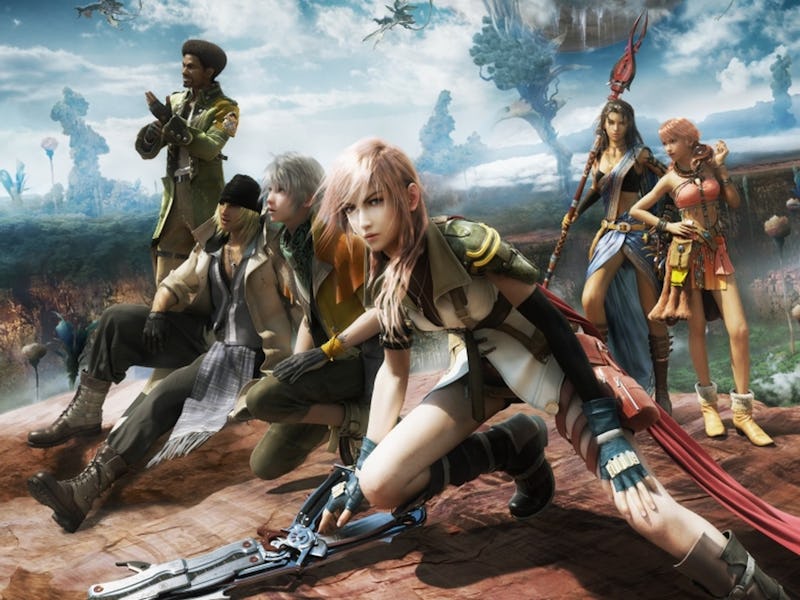Modern Final Fantasy Owes Everything to Lightning
A staggering impact.

Nobody can pinpoint what makes a Final Fantasy game, that is the nature of the anthology series, but it hasn’t stopped people from trying. With 16 mainline entries, there are bound to be some titles that fans feel stray from the “correct” path. For a large part of the fanbase, the worst offender against traditional Final Fantasy is Final Fantasy XIII. Despite its initial bad reputation, the game has been re-evaluated since its original release, and thirteen years later, its impact on the franchise's modern direction is undeniable thanks to one innovation — the stagger system.
Final Fantasy has been struggling in recent years, something that the team working on Final Fantasy XVI has openly stated, but this isn’t a new problem. In many ways, the series has struggled to find its footing since franchise creator Hironobu Sakaguchi left following Final Fantasy IX. Since then, each new entry has sought to appeal to a global audience with a taste for high-octane action-oriented games.
Final Fantasy XIII’s stagger mechanic is its most lasting impact on the franchise.
While FF13 was a turn-based RPG that still used a system based on the long-standing ATB battle system, it sought to ramp up the action by making combat look and feel more cinematic. While not as fast-paced as a full-on action game like Devil May Cry, it was faster than previous entries in the series. This combat also centered on a new mechanic called staggering.
To give players something more to do than wait their turn and pummel away at elemental weaknesses in fights, enemies could be hit enough that they get staggered. This would open up an opportunity to unleash massive damage on enemies, and if you used the right attacks the stagger phase of an enemy could be extended and the damage multiplier increased. It acts as FF13’s version of an attack combo, encouraging aggressive play.
Final Fantasy was originally meant to start a whole new age of Final Fantasy under the Fabula Nova Crystallis. That never reached its full potential due to the poor response to FF13, but this entry still set Final Fantasy on a new path.
Since FF13, Square Enix has steered the franchise in a more action-oriented direction. Final Fantasy XV, XVI, and Final Fantasy VII Remake all outright abandon the turn-based systems of old in favor of real-time action combat.
The modern action-oriented Final Fantasy games continue to use the stagger system.
The fluid combat of FF7 Remake centers around the stagger system pulled from FF13. During combat, players are encouraged to prioritize staggering enemies to inflict the most damage. In real time you need to pick and choose your attacks, and when to be aggressive against a single target to stagger effectively. It is the next logical step in FF13’s stagger system. Something that FF16 looks to evolve even more.
It is no secret that FF16 wants to be an all-out action game. In addition to citing God of Wår as inspiration, the combat designer for the project designed the combat system for Devil May Cry 5 (an arguably perfect action game). It also uses a stagger mechanic. Based on gameplay videos, the faster Clive can chain combos together on enemies the closer to being staggered those enemies will become. Once staggered, unleash everything you have. FF16’s use of the stagger system is bridging the strategic combat is an implementation of what FF13 wanted to be but couldn’t quite deliver on.
FF13’s combat system was designed as a way to make combat feel as climactic as battles looked in cutscenes. It wanted to deliver players the ultimate power fantasy. While it wasn’t able to do it, this desire became a driving force in the franchise. With each subsequent release, leading up to FF16, Square Enix has been trying to deliver that fantasy. And it all can be traced back to Final Fantasy XIII’s stagger mechanic and ambitious goal to change the franchise. Thirteen years later, it certainly has.